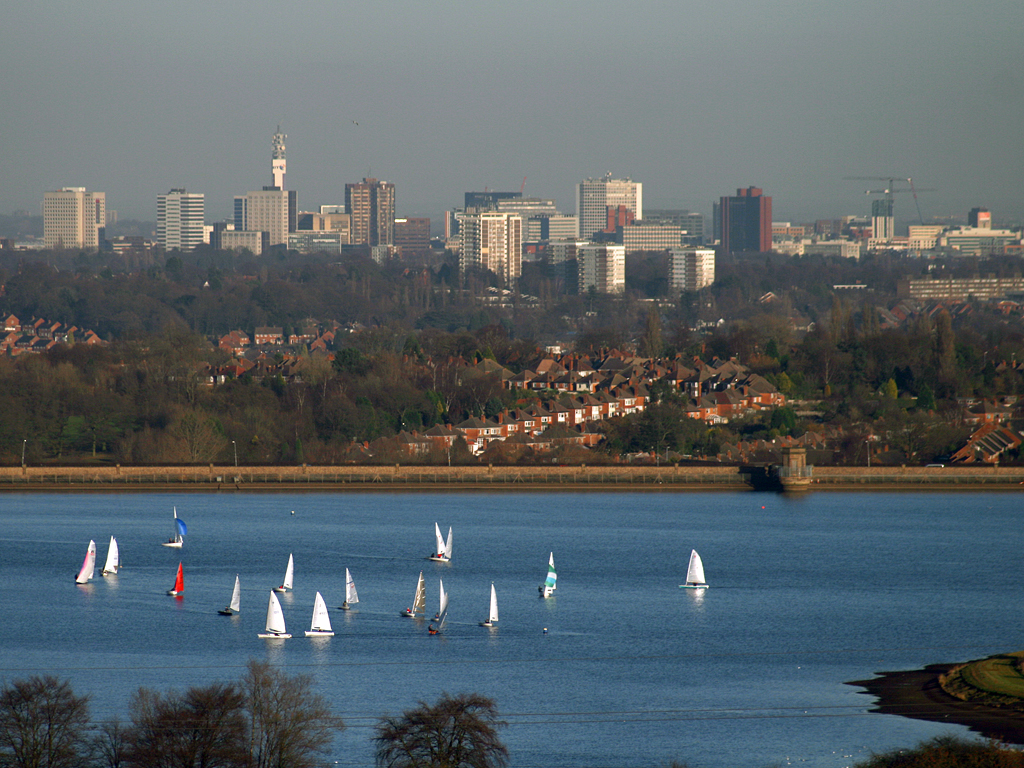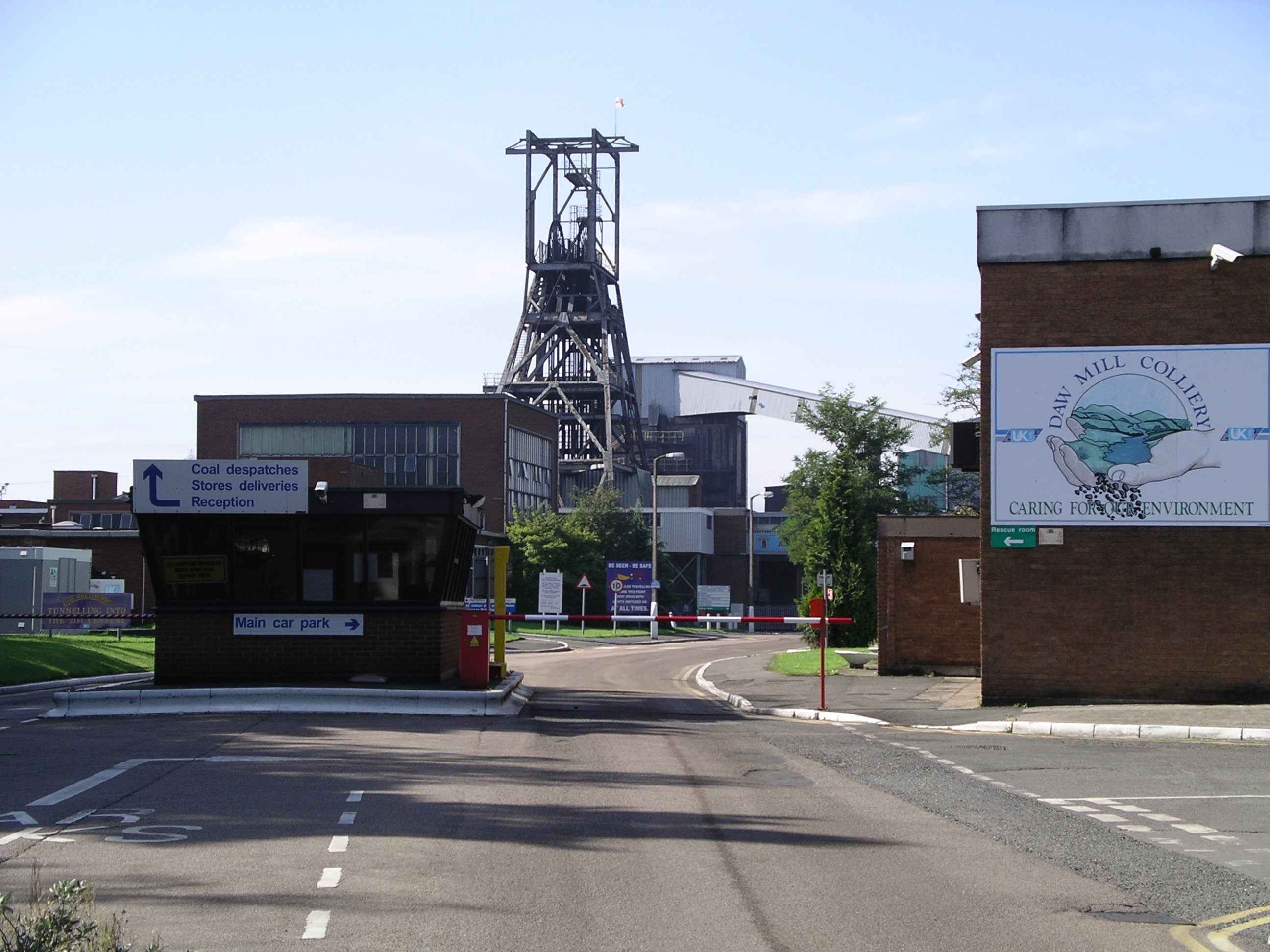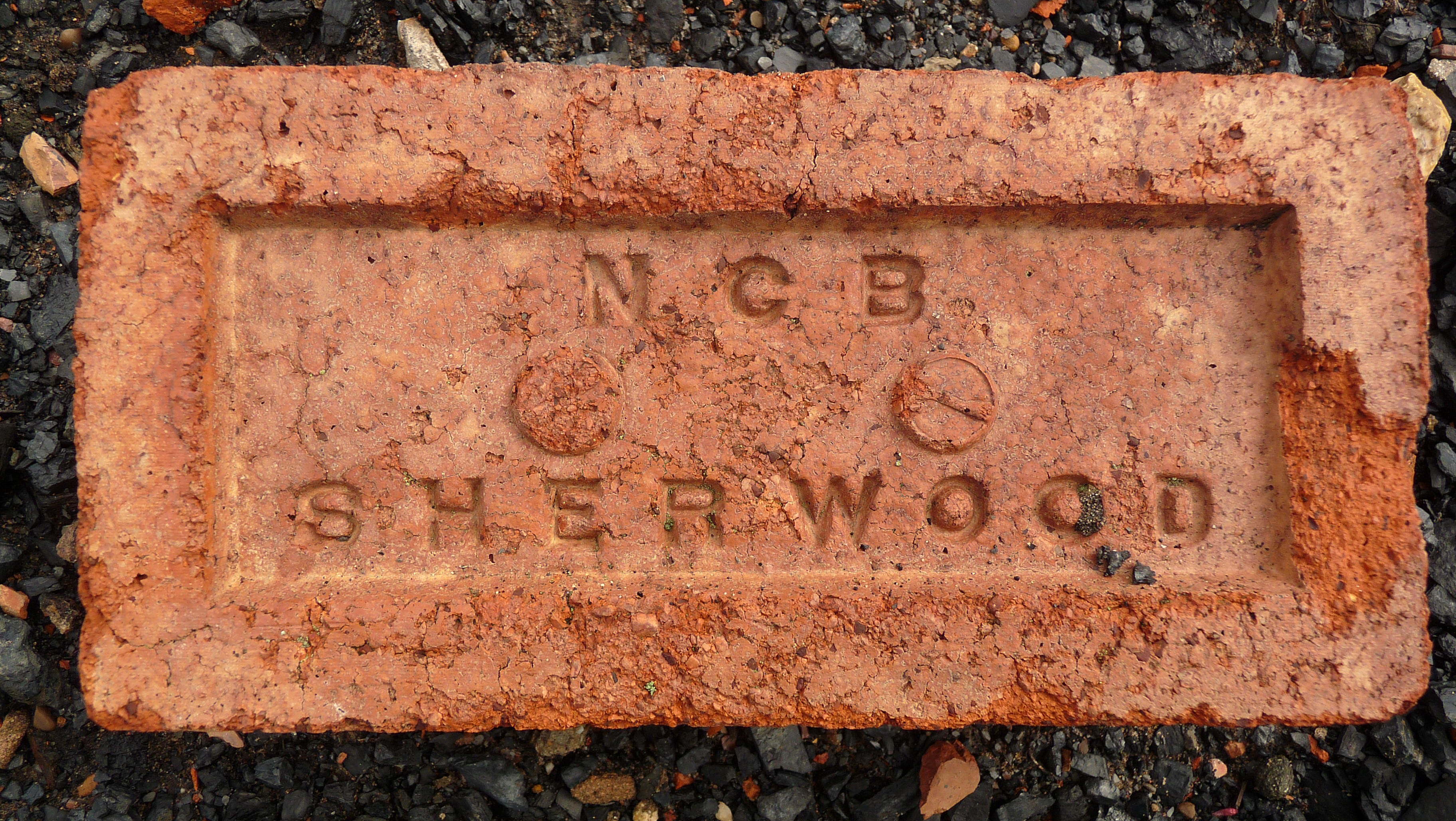|
Arley, Warwickshire
Arley is a civil parish in the North Warwickshire district of Warwickshire, England. The parish includes two settlements, New Arley and Old Arley. Old Arley is to the west of the Bourne Brook and the Birmingham to Peterborough Line, and New Arley is to the east. Nearby places are Ansley and Astley. Old Arley contains the medieval church of St Wilfred's, and a nearby Methodist church. New Arley contains St Michael's Church of England and St Joseph's Catholic Church. The two Anglican churches form one ecclesiastical parish, and St Joseph's is run from St Anne's. Collieries Arley Colliery Arley's mining industry ended in 1968. The village once had an eponymous colliery running beneath part of its central areaArley Colliery retrieved 9 April 2013 which employed 1,734 men when it was finally closed on 30 March 1968, [...More Info...] [...Related Items...] OR: [Wikipedia] [Google] [Baidu] |
St Joseph
Joseph (; el, Ἰωσήφ, translit=Ioséph) was a 1st-century Jewish man of Nazareth who, according to the canonical Gospels, was married to Mary, the mother of Jesus, and was the legal father of Jesus. The Gospels also name some brothers of Jesus who may have been: (1) the sons of Mary, the mother of Jesus, and Joseph; (2) sons of Mary, the wife of Clopas and sister of Mary the mother of Jesus; or (3) sons of Joseph by a former marriage. Joseph is venerated as Saint Joseph in the Catholic Church, Orthodox Church, Oriental Orthodox Church and Anglicanism. His feast day is observed by some Lutherans. In Catholic traditions, Joseph is regarded as the patron saint of workers and is associated with various feast days. The month of March is dedicated to Saint Joseph. Pope Pius IX declared him to be both the patron and the protector of the Catholic Church, in addition to his patronages of the sick and of a happy death, due to the belief that he died in the presence of Jesus an ... [...More Info...] [...Related Items...] OR: [Wikipedia] [Google] [Baidu] |
Civil Parishes In England
In England, a civil parish is a type of Parish (administrative division), administrative parish used for Local government in England, local government. It is a territorial designation which is the lowest tier of local government below districts of England, districts and metropolitan and non-metropolitan counties of England, counties, or their combined form, the Unitary authorities of England, unitary authority. Civil parishes can trace their origin to the ancient system of Parish (Church of England), ecclesiastical parishes, which historically played a role in both secular and religious administration. Civil and religious parishes were formally differentiated in the 19th century and are now entirely separate. Civil parishes in their modern form came into being through the Local Government Act 1894, which established elected Parish councils in England, parish councils to take on the secular functions of the vestry, parish vestry. A civil parish can range in size from a sparsely ... [...More Info...] [...Related Items...] OR: [Wikipedia] [Google] [Baidu] |
West Midlands (region)
The West Midlands is one of nine official regions of England at the first level of International Territorial Level for statistical purposes. It covers the western half of the area traditionally known as the Midlands. The region consists of the counties of Herefordshire, Shropshire, Staffordshire, Warwickshire, West Midlands and Worcestershire. The region has seven cities; Birmingham, Coventry, Hereford, Lichfield, Stoke-on-Trent, Wolverhampton and Worcester. The West Midlands region is geographically diverse, from the urban central areas of the West Midlands conurbation to the rural counties of Herefordshire, Shropshire and Worcestershire which border Wales. The region is landlocked. However, the longest river in the UK, the River Severn, traverses the region southeastwards, flowing through the county towns of Shrewsbury and Worcester, and the Ironbridge Gorge, a UNESCO World Heritage Site. Staffordshire is home to the industrialised Potteries conurbati ... [...More Info...] [...Related Items...] OR: [Wikipedia] [Google] [Baidu] |
Daw Mill
Daw Mill was a coal mine located near the village of Arley, near Nuneaton, in the English county of Warwickshire. The mine was Britain's biggest coal producer. It closed in 2013 following a major fire. It was the last remaining colliery in the West Midlands. Mine Daw Mill mined a five-metre thick section of the Warwickshire Coalfield (known as the ''Warwickshire Thick'') in the north of the county. It was owned and operated by UK Coal and in 2008 employed 680 people. The two shafts that served Daw Mill were first sunk between 1956 and 1959, and 1969 and 1971 respectively. The mine was a natural extension of the former collieries Kingsbury Colliery and Dexter Colliery, both of which have also closed. In 1983 an inclined tunnel linking underground workings with the surface was completed. This drift mining enabled Daw Mill to increase its production capacity as it removed the often time-consuming process of winding coal up the shafts. Daw Mill was the last surviving mine in a ... [...More Info...] [...Related Items...] OR: [Wikipedia] [Google] [Baidu] |
UK Coal
UK Coal Production Ltd, formerly UK Coal plc, was the largest coal mining business in the United Kingdom. The company was based in Harworth, in Nottinghamshire. The company was a constituent of the FTSE 250 Index. The successor company that contains the former property division, Harworth Group, is still listed on the London Stock Exchange. History The predecessor company of UK Coal was founded by Richard J. Budge in 1974 as ''RJB Mining''. In 1994, following the privatisation of the UK mining industry, it grew fivefold with the acquisition of British Coal's core activities. It changed its name to UK Coal in 2001 after the retirement of its founder, having acquired UK Coal plc. Former operations At year end 2008, the company estimated coal reserves and resources of 105 Mt at the mines, of which 45 Mt was accessible under existing five year mining and investment plans. Its most important customers were electricity generators. In 2010 the company proposed a series of ... [...More Info...] [...Related Items...] OR: [Wikipedia] [Google] [Baidu] |
Colliery
Coal mining is the process of extracting coal from the ground. Coal is valued for its energy content and since the 1880s has been widely used to generate electricity. Steel and cement industries use coal as a fuel for extraction of iron from iron ore and for cement production. In the United Kingdom and South Africa, a coal mine and its structures are a colliery, a coal mine is called a 'pit', and the above-ground structures are a ' pit head'. In Australia, "colliery" generally refers to an underground coal mine. Coal mining has had many developments in recent years, from the early days of men tunneling, digging and manually extracting the coal on carts to large open-cut and longwall mines. Mining at this scale requires the use of draglines, trucks, conveyors, hydraulic jacks and shearers. The coal mining industry has a long history of significant negative environmental impacts on local ecosystems, health impacts on local communities and workers, and contributes heavil ... [...More Info...] [...Related Items...] OR: [Wikipedia] [Google] [Baidu] |
Kingsbury Colliery
Kingsbury Colliery was a coal mine in Kingsbury, Warwickshire, which operated between 1897 and 1968. History It was opened in 1897 and changed the nature of the village almost overnight from a predominantly agriculturally based community to a mining village, and helped Kingsbury's expansion. Coal extracted from Kingsbury Colliery was used mainly for industry in nearby Birmingham, although the Lurghi Gas Plant at Coleshill was also a major customer. The colliery operated throughout the first half of the 20th century, and in 1904 the village of Piccadilly was built close by to house some of the mine's workers. Following the pit's closure in 1968, some of the land was used for the construction of the Kingsbury Oil Terminal. In 2009 a memorial wall was built in Piccadilly to remember those who worked in both Kingsbury Colliery, and the neighbouring Dexter Colliery. The wall contains the names of all the miners who worked at both mines. The centrepiece of the wall is a miner's lam ... [...More Info...] [...Related Items...] OR: [Wikipedia] [Google] [Baidu] |
Labour Party (UK)
The Labour Party is a List of political parties in the United Kingdom, political party in the United Kingdom that has been described as an alliance of Social democracy, social democrats, Democratic socialism, democratic socialists and trade unionists. The Labour Party sits on the Centre-left politics, centre-left of the political spectrum. In all general elections since 1922 United Kingdom general election, 1922, Labour has been either the governing party or the Her Majesty's Most Loyal Opposition (United Kingdom), Official Opposition. There have been six Labour List of prime ministers of the United Kingdom, prime ministers and thirteen Labour Cabinet of the United Kingdom, ministries. The party holds the annual Labour Party Conference, at which party policy is formulated. The party was founded in 1900, having grown out of the Labour movement, trade union movement and History of the socialist movement in the United Kingdom, socialist List of political parties in the United Kin ... [...More Info...] [...Related Items...] OR: [Wikipedia] [Google] [Baidu] |
Alfred Robens, Baron Robens Of Woldingham
Alfred Robens, Baron Robens of Woldingham, PC (18 December 1910 – 27 June 1999) was an English trade unionist, Labour politician and industrialist. His political ambitions, including an aspiration to become Prime Minister, were frustrated by bad timing, but his energies were diverted into industry: he spent 10 years as Chairman of the National Coal Board, and later – despite the Aberfan disaster – headed a major inquiry which resulted in the Robens Report on occupational health and safety. His outlook was paternalistic; in later life, he moved away from his early socialism towards the Conservative Party. His reputation remains irredeemably tarnished by his failure to have foreseen and prevented the Aberfan disaster, followed by actions widely regarded as grossly insensitive during the aftermath of the disaster. Early life Robens was born in Chorlton-on-Medlock, Manchester, the son of George Robens, a cotton salesman, and Edith Robens (''née'' Anderton). He ... [...More Info...] [...Related Items...] OR: [Wikipedia] [Google] [Baidu] |
National Coal Board
The National Coal Board (NCB) was the statutory corporation created to run the nationalised coal mining industry in the United Kingdom. Set up under the Coal Industry Nationalisation Act 1946, it took over the United Kingdom's collieries on "vesting day", 1 January 1947. In 1987, the NCB was renamed the British Coal Corporation, and its assets were subsequently privatised. Background Collieries were taken under government control during the First and Second World Wars. The Sankey Commission in 1919 gave R. H. Tawney, Sidney Webb and Sir Leo Chiozza Money the opportunity to advocate nationalisation, but it was rejected. Coal reserves were nationalised during the war in 1942 and placed under the control of the Coal Commission, but the mining industry remained in private hands. At the time, many coal companies were small, although some consolidation had taken place in the years before the war. Formation and organisation The NCB was one of a number of public corporations ... [...More Info...] [...Related Items...] OR: [Wikipedia] [Google] [Baidu] |
Colliery
Coal mining is the process of extracting coal from the ground. Coal is valued for its energy content and since the 1880s has been widely used to generate electricity. Steel and cement industries use coal as a fuel for extraction of iron from iron ore and for cement production. In the United Kingdom and South Africa, a coal mine and its structures are a colliery, a coal mine is called a 'pit', and the above-ground structures are a ' pit head'. In Australia, "colliery" generally refers to an underground coal mine. Coal mining has had many developments in recent years, from the early days of men tunneling, digging and manually extracting the coal on carts to large open-cut and longwall mines. Mining at this scale requires the use of draglines, trucks, conveyors, hydraulic jacks and shearers. The coal mining industry has a long history of significant negative environmental impacts on local ecosystems, health impacts on local communities and workers, and contributes heavil ... [...More Info...] [...Related Items...] OR: [Wikipedia] [Google] [Baidu] |







